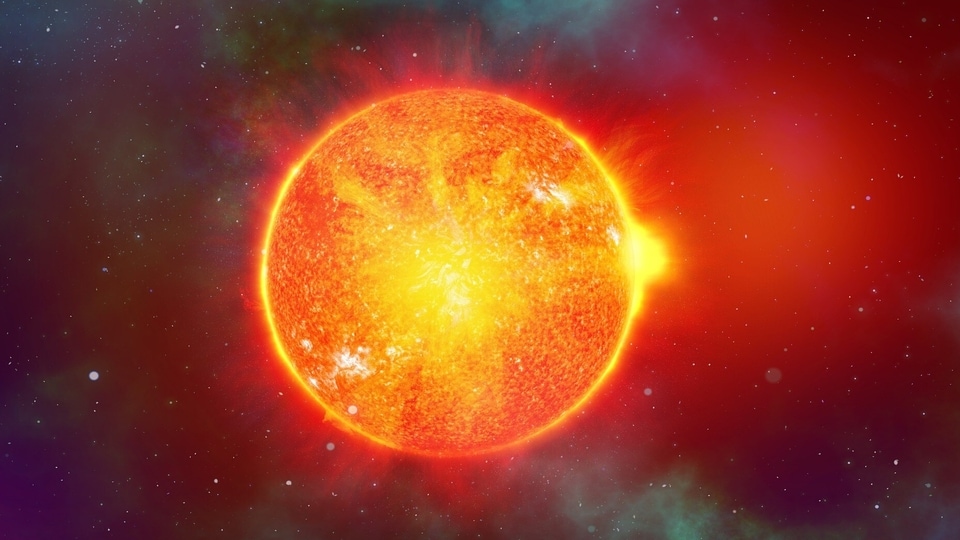Dangerous sunspot AR3089 ready to blow up, threatens to blast Solar storms to Earth
The dangerous sunspot AR3089 has appeared on the Sun. Terrifyingly, it can send X-class solar flares and severe solar storms shooting towards Earth.
_1639373804152_1659933055983_1659933055983.jpg)
_1650614444757_1650614518141.png)




 View all Images
View all ImagesThe Sun is displaying scarily erratic behavior as we reach near the peak of its solar maximum phase. On September 18, three regions in the southern hemisphere of the Sun simultaneously exploded, releasing high amounts of magnetic charge and solar particles. Luckily that wasn't in the direction of the Earth. But something far scarier has now appeared in front of our planet. A sunspot called AR3089 has come into Earth's view. This sunspot was earlier seen in September and it was noted that it carried an X-class solar flare capable magnetic field. It was spotted using the tech marvel DSCOVR satellite which is operated by National Oceanic and Atmospheric Administration (NOAA). It has various instruments to observe temperature, speed, density, degree of orientation and frequency of solar particles ejecting from the Sun and calculates their intensity.
The development was reported by SpaceWeather.com which noted, “Active sunspot AR3089 is emerging over the sun's southeastern limb following a 2-week trip around the farside of the sun. The last time we saw it in early September, AR3089 had a delta-class magnetic field that harbored energy for X-flares”. The real threat is if this sunspot does explode and sends powerful coronal mass ejections (CME) towards the Earth, we might get greeted with a destructive solar storm.
Sunspot AR3089 threatens the Earth with destructive solar storm
While at this point it is difficult to predict how strong the potential solar storm on Earth can be, an X-class solar flare is capable of causing a mid to severe solar storm. A G5-class solar storm is also not out of the question. Such a solar storm can burn and destroy satellites in Earth's lower orbital space and massively disrupt and breakdown wireless communications like shortwave radio transmissions, GPS, mobile network and even internet access. In the worst case scenario, power grids can also be damaged due to such a solar storm.
The NOAA DSCOVR satellite has been monitoring the situation and since CME storm travels slower, we will get to know about it 24-48 hours before it happens which might give us some time to protect our assets.
Catch all the Latest Tech News, Mobile News, Laptop News, Gaming news, Wearables News , How To News, also keep up with us on Whatsapp channel,Twitter, Facebook, Google News, and Instagram. For our latest videos, subscribe to our YouTube channel.





























